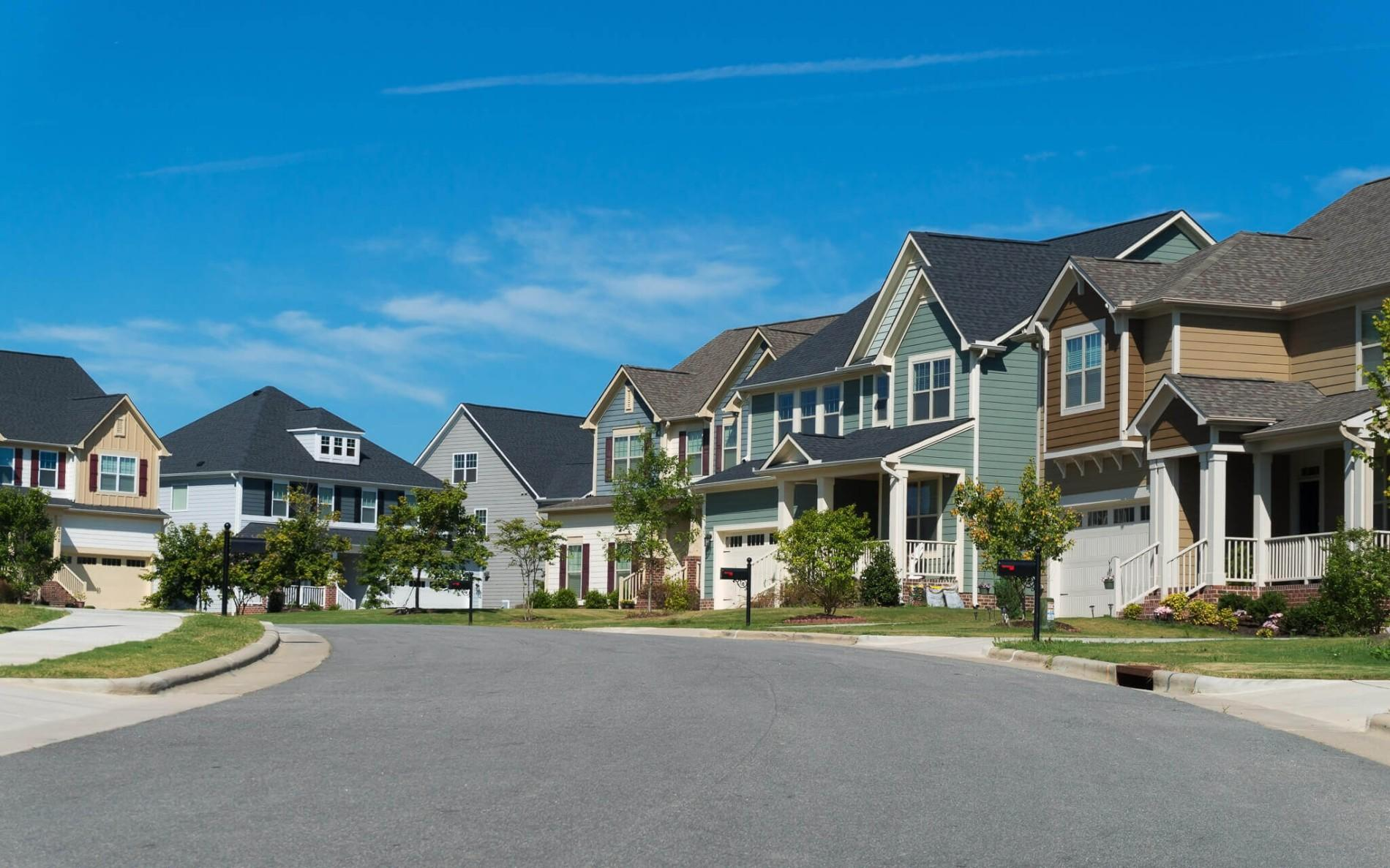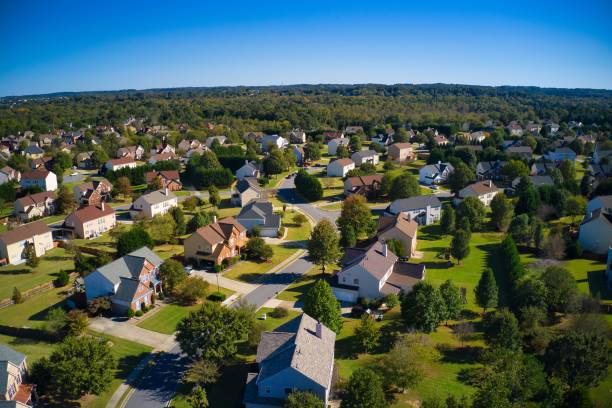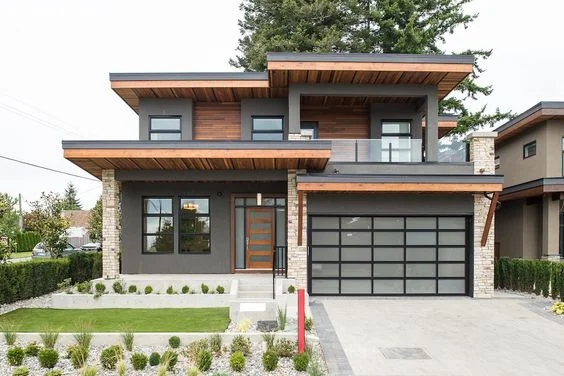
“Innovative Eco-Friendly Designs Transforming Residential Architecture”
Introduction:
In the face of growing environmental concerns and a commitment to sustainable living, innovative eco-friendly designs are ushering in a new era in residential architecture. Architects and designers around the world are increasingly embracing green principles to create homes that not only provide comfort and functionality but also minimize their environmental impact. This article explores the transformative influence of eco-friendly designs on residential architecture, showcasing how these innovations are shaping the homes of the future.
1. Sustainable Materials:
The shift towards eco-friendly residential architecture begins with the choice of materials. Architects are now opting for sustainable and renewable materials, such as bamboo, reclaimed wood, and recycled steel, to construct homes that are both aesthetically pleasing and environmentally responsible. These materials not only reduce the carbon footprint of construction but also promote a healthier indoor living environment.
2. Energy-Efficient Design:
Innovative designs are prioritizing energy efficiency through intelligent layouts and the strategic placement of windows and openings to maximize natural light and ventilation. Passive solar design principles are being integrated into homes, harnessing the power of the sun to regulate temperatures and reduce reliance on artificial heating and cooling systems.
3. Green Roofs and Walls:
Living roofs and walls adorned with vegetation are becoming increasingly popular in eco-friendly residential architecture. These features not only provide insulation, reducing energy consumption, but also contribute to improved air quality and biodiversity. Green roofs and walls serve as a harmonious integration of nature into urban living spaces.
4. Rainwater Harvesting and Recycling:
Water conservation is a critical aspect of eco-friendly residential design. Innovative systems for rainwater harvesting and recycling are being incorporated to reduce reliance on traditional water sources. These systems collect rainwater for non-potable uses like irrigation and flushing toilets, promoting sustainable water management within residential spaces.
5. Net-Zero and Passive Houses:
A growing trend in residential architecture is the construction of net-zero and passive houses. Net-zero homes produce as much energy as they consume, often utilizing solar panels and advanced insulation technologies. Passive houses, on the other hand, focus on creating airtight, well-insulated structures that require minimal energy for heating and cooling, resulting in significantly reduced energy consumption.
6. Smart Home Integration:
Eco-friendly designs are leveraging smart home technology to optimize energy usage and promote sustainability. Smart thermostats, lighting systems, and appliances are integrated into residential spaces, allowing homeowners to monitor and control their energy consumption efficiently.
Conclusion:
Innovative eco-friendly designs are reshaping residential architecture, offering a harmonious blend of sustainability, functionality, and aesthetics. As the world grapples with environmental challenges, these designs represent a conscientious effort to create homes that not only meet the needs of the present but also contribute to a more sustainable and resilient future. The transformative impact of these eco-friendly designs extends beyond individual residences, inspiring a collective movement towards a greener and more sustainable approach to living.



